Austria real estate market for 2020
Austria's real estate market for 2020, what sales were made, what the government is focusing on.

This article will take a closer look at each field and discuss the consequences the year 2020 had on the economy, in detail.
After a record year for Austria's economy in 2019, the real estate sector has seen new pressures with the introduction of lockdowns and border closures, as a result of the COVID-19 pandemic. While some might think that the economic crisis has hit all sectors equally, a closer look at each of them, reveals that this is not the case. For instance, hotel investments have been hit harder than the office sector, for example.
Capital markets
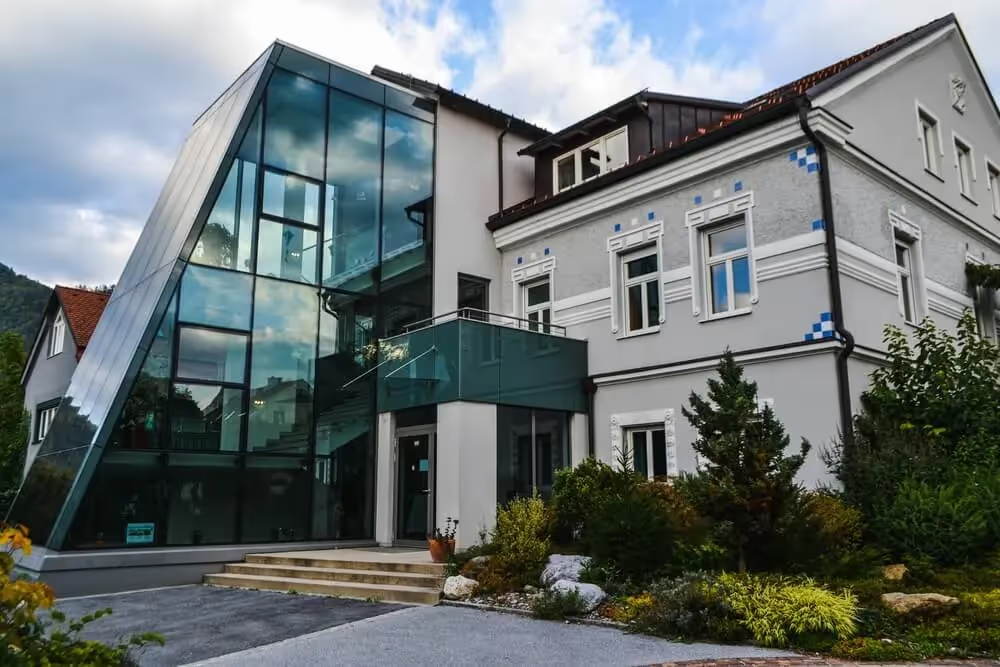
Despite the slowdown from March, with the introduction of the lockdown, the investment sector has performed better than previously thought. After a record year in 2019, with a total investment volume of EUR 5.8 billion, the outcome in 2020 was only EUR 3.5 billion. After a weak Q1, investments began to increase by Q2 and reached EUR 2.5 billion by the end of Q3. Investors quickly regained confidence, as evidenced by most of the investments that were made by foreigners, with 55% of all transactions made by German investors and 31% of were from Austria.
The main investment assets that took the top spot in 2020 were residential, office and logistics. Office investments dominated the market as 40% of all transactions occurred in this segment. Residential areas had 30% of all investments made that year, with the following 13% for logistics. Retail, hotels and other assets accounted for 6%, 3% and 8% respectively.
One of the most notable transactions in the office area was the sale of Austro Tower to Deka Immobilien. The 29,500 sq. m building was sold for nearly EUR 150 million in Q2 2020. The biggest transactions in the residential area were mainly made by German investors. In Q2 2020 ZBI entered the Austrian market with a purchase of the 35,300 sq. m Wohngarten in Geiselbergstrasse.
The 24,700 sq. m residential complex, The Metropolitan was sold to Art-Invest in Q1 2020. Both of these transactions generated more than EUR 100 million.
The prime yield in the office sector in 2020 was approximately 3.5%, which wasn’t a big difference compared to 2019 at nearly 3.7%. For logistic spaces, the figure lied a little under 5% in 2020 and was nearly 5.5% in 2019. Yield from the residential sector was from 3.1% to 3.6% in 2020. Retail parks with local suppliers remained stable with nearly 5% of prime yield in 2020 and approximately 5.3% in 2019. The sectors mentioned before were witnessing a decline throughout the year, however, high-street retail and shopping centers on other hand, saw an upturn with 3.3% and 4.2% respectively.
One of the features of 2020 was the increased focus of investors on secondary and regional cities with good public transportation, positive economic indicators and positive demographics. Numerous deals like Wohngarten 11 demonstrate this.
Hotel investment
2019 was a record year in terms of tourism for Austria. According to Statistik Austria, there were nearly 46.2 million arrivals and 152.7 million overnight stays. As was expected, the 2020 COVID-19 pandemic hit the economy and tourism sector in particular, with closed borders around the world and implemented lockdowns.
There were a total of 25.04 million arrivals, a 45.8% decrease from 2019. The total number of overnight stays in 2020 was 97.91 million, which is 54.75 million or 35.9% less than in the previous year. The year of the pandemic had brought Austria's hotel industry to a level of the early 1970’s.
In 2019 the number of domestic guests of overnight stays rose to 39.9 million and foreign guests to 112.7 million. In 2020 there were nearly 31.6 million overnight stays by the local population which is almost a decline of 20.9% compared with 2019, whilst foreigners accounted for 66.2 million overnight stays which is a decrease of over 41.2%. The biggest decrease was from foreign guests from Germany (-18.17 million), the Netherlands (-2.94 million), Switzerland and Liechtenstein (-1.79 million), the Czech Republic (-1.18 million), Belgium (-1.16 million) and the United Kingdom (-2.20 million). The average length of stay in 2020 was approximately 3.9 nights.
The decrease in figures varied among federal states. Vienna, for example, suffered the biggest loss, with nearly 4.5 million overnight stays (-73.9%). Followed by Tyrol with 33.2 million (-33.5%), Salzburg with 20 million (-32.3%), Vorarlberg 6.4 million (-30.5%), Burgenland 2.2 million (-27.3%), Styria with 10 million (-24.6%) and Carinthia with 11 million overnight stays (-17%). Nights spent by foreigners in all federal states decreased, however in Carinthia there was an increase of overnight stays by resident guests (+5.4%). The most popular season in 2020 was summer with 54 million overnight stays, since there were COVID-19 restrictions implemented during the winter season (5.56 million nights).
Office
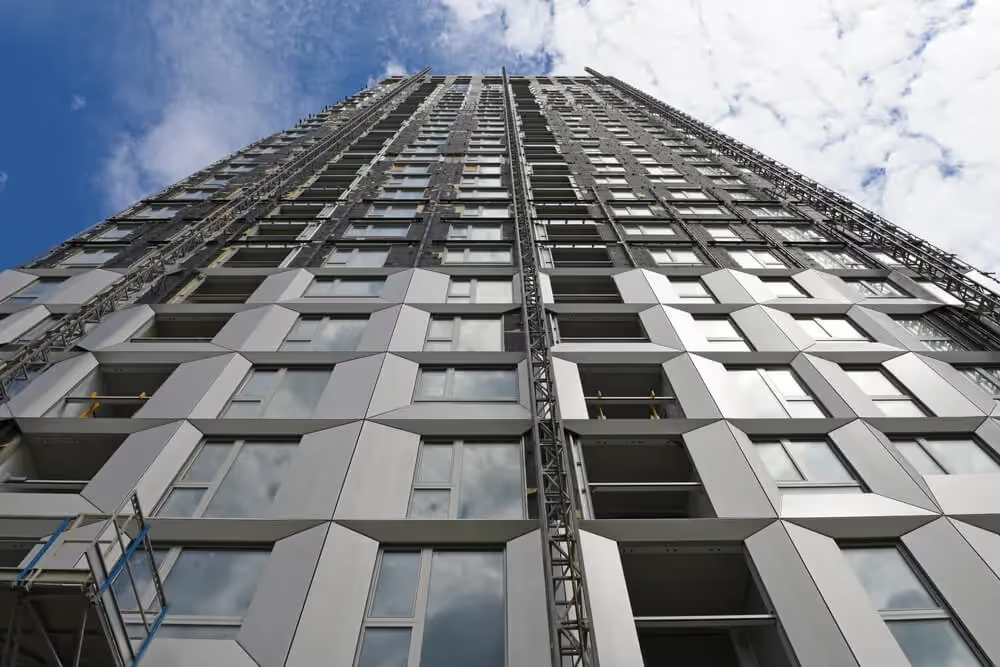
In Q1 2020, the office sector showed a record low rental rate of just 13,000 sq. m. In the weeks following the introduction of the lockdown it was not possible to view properties, but the processes continued to be carried out, just remotely, by phone or video conference. Because of this, about 30,000 m² was rented in Q2. Q3 was relatively quiet due to the summer break, but activity increased in Q4 due to more lease terms ending in the near future.
One change that has occurred in the office sector in 2020 is the rethinking of the workspace. Fewer workspaces have become a necessity for businesses to reduce the spread of COVID-19 and due to the fact that a lot of businesses can still function from a laptop at home.
Completion and Rentals in 2020 were relatively the same at 160,000 sq. m. The largest completed projects in 2020 were QBC 1+2 with 36,000 sq. m located in the Main Railway Station area and Office Park 4 with 26,000 sq. m in Airport City. High occupancy levels was a common trend in completions that were finished in 2020. Therefore, the vacancy rate remained at a low of 4.7% despite the economic situation at that time. Two major rentals in Quartier Lassalle were responsible for a total of 145,000 sq. m. The most popular area in take-ups was the public sector with 70% of all transactions, followed by pharma and health with 9% and IT and Construction both at 5%.
CBD - Vienna City and inner surroundings
Usually, CBD has the lowest vacancy rates among the other regions and this remained true in 2020 at 1.8%. Demand and pre-letting rates are at a high level in this area. For instance, Haus am Schottentor, which was completed in 2020, was fully let before completion. Rental prices here vary from EUR 15 - 25.5 per sq. m. The major completed projects in CBD were Fabricatur and myhive Ungargasse properties in 2020.
Northern Region
The vacancy rate in the north part of Vienna was reduced to 6.2% after letting in Square One. The RIVERGATE and Millennium Tower properties continued to keep the low vacancy rate stable. Rental prices in the area range from EUR 11 - 18.5 per sq. m. There were no big projects that were planned to be completed in 2020, however, a 14,500 sq. m Twenty One building is set for completion in 2021.
Western Region
The Vienna West submarket had the highest vacancy rate in 2020 at 8.2%. This is an even higher figure than the normal average in Vienna. There is a lack of high-quality occupancy and the nearest project; Vio, plans to come on the market in 2023. Rental prices in the Western Region vary from EUR 10 -14.5 per sq. m.
Southern Region and Wieneberg
With a vacancy rate of 7.10% the most dominated areas in this region are Wienerberg and EuroPlaza. One of the biggest projects completed in 2020 was The Brick with 19,000 sq. m. Along with Silo, P82 and U6 projects which came onto the market as well, the vacancy rate will rise. The average rental price there starts from EUR 11.5 to EUR 18 per sq. m.
Vienna DC (Donau City) and Surroundings
Compared to 2019, the vacancy rate didn’t change that much in 2020, as it only fell to 2.70%. The towers like Ares, Andromeda, DC1 and Saturn are well rented and promise low vacancy levels. However, the bankruptcy of Waagner- Biro Stahlbau AG and area reduction by Nokia Austria led to new vacancies. The rental prices in 2020 varied from EUR 12.5 to EUR 22 per sq. m.
Lassallestrasse and Prater
After the completion of the Austria Campus in 2018, there wasn't that much office space available to rent. The redevelopment of the properties at Lassallestrasse 1 is set to be completed in 2021. There were no major projects set for completion in 2020 and that is why the vacancy rate fell by 1.0% last year to 3.9%. The rent prices in 2020 were EUR 12 - 18 per sq. m.
Eastern Region
With large spaces still available in TownTown, T-Center and a lack of new completion projects in 2020, the vacancy rate was 4.30%. Major projects like Austro Tower and TrIIIple will be completed in 2021. Rental prices varied from EUR 11.5 -19.5 per sq. m.
Mail Railway Station
The demand for space in this area is relatively high. The new building Bel & Main, developed by SIGNA and located directly behind the Erste Campus, has a 17,000 sq. m. area. It was brokered by the Erste Group. The vacancy rate in 2020 was 6.80%. Rental prices in Hauptbahnhof started at EUR 15 to EUR 22 per sq. m.
Airport City
One of the biggest completion projects in 2020 is located in this area - a 26,000 sq. m Office Park 4. The vacancy rate in Airport City was among the lowest at 1.60%. Rental prices varied with EUR 9.5 - 22 per sq. m.
Retail
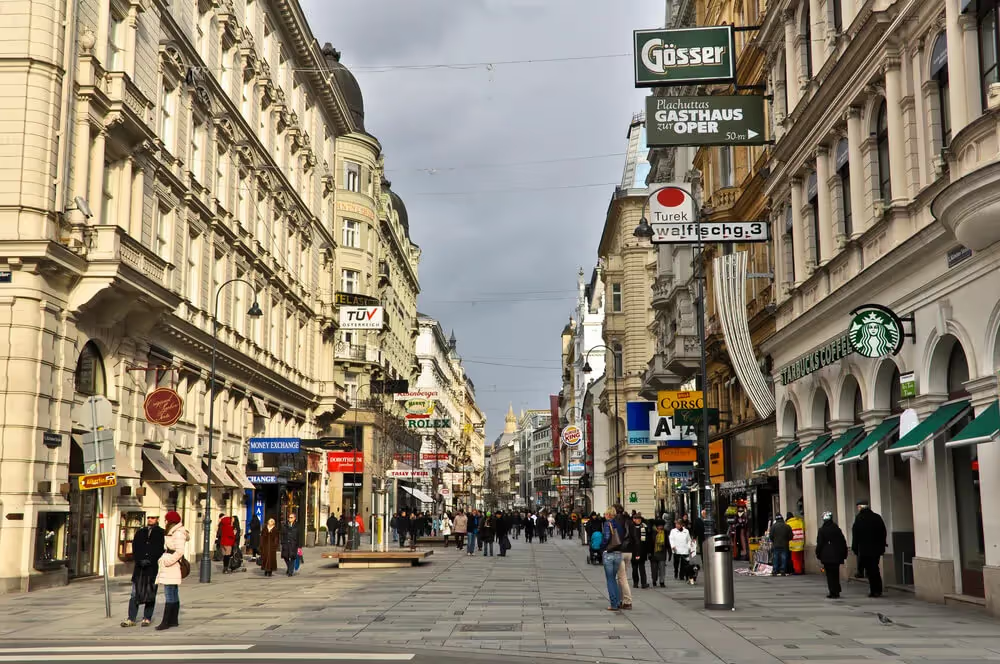
Retail was one of the hardest-hit areas in 2020. The first quarter started well, with a large amount of space successfully sold in Austria's prime locations. However, at the start of the second quarter, 10.3 million sq. m of retail space was closed following the imposition of a lockdown and border closures. Due to the extensive COVID-19 measures, sales from domestic trade fell by 73%, compared to 2019. Following shop closures, e-commerce has replaced stationary trade.
Stationary trade faced daily sales losses of EUR 140 million (gross), gastronomy of EUR 60 million. This was mainly due to store closures and a lack of international tourists. Some individual sectors, such as food retail and drug stores/pharmacies were even able to increase their sales by 5% and 1% respectively, thus coming out stronger from the crisis.
Completions of shopping centers decreased from nearly 30,000 sq. m. in 2019 to almost 10,000 sq. m. in 2020. Retail parks performance, on the other hand, was higher than the previous year. From nearly 15,000 sq. m. to 30,000 sq. m.
The biggest opening in 2020 was the expansion of the Pado galleries in Burgenland with 21,000 sq. m.
The prime rent in the retail park areas was quite stable at EUR 14 per sq. m. However, the prime yield fell from 5.35% to 5.20%. Due to lockdowns and the economic situation in 2020, there were rent reductions in shopping streets and shopping centers. The prime rent in shopping centers fell from EUR 120 per sq. m to EUR 110 in Q4 2020. The prime yield rose from 4.15% to 4.70%. In the downtown area of Vienna, prime rent fell from EUR 350 per sq. m in Q1 2020 to EUR 330 per sq. m in Q4 2020.
Inner City
The Golden U spaces in downtown Vienna consist of Kärntner Straße, Graben and Kohlmarkt. The area is still in high demand which is why rent prices haven’t changed that much compared to previous years. The Kohlmarkt is Vienna’s most expensive location where international luxury retail brands are located. The rent price there varies from EUR 230 to EUR 500 per sq. m. However the decrease in the number of weekly visitors has definitely affected the footfall, taking the number of visitors from 214,000 per week pre-COVID to 87,700 in 2020.
The Graben connects the Kohlmarkt and the Kärntner Straße. The number of weekly visitors here has also noticeably changed. From 448,000 visits per week to 207,000, which is a decrease of 53.7%. Rental prices here start from EUR 180 to EUR 280 per sq. m.
The Kärntner Straße is one of the most traditional streets in Vienna and has suffered relatively less compared to Kohlmarkt and the Graben. Weekly visitor numbers fell by 25% from 304,000 to 228,000. To rent a place from 100 sq. m to 500 sq. m costs between EUR 165-220.
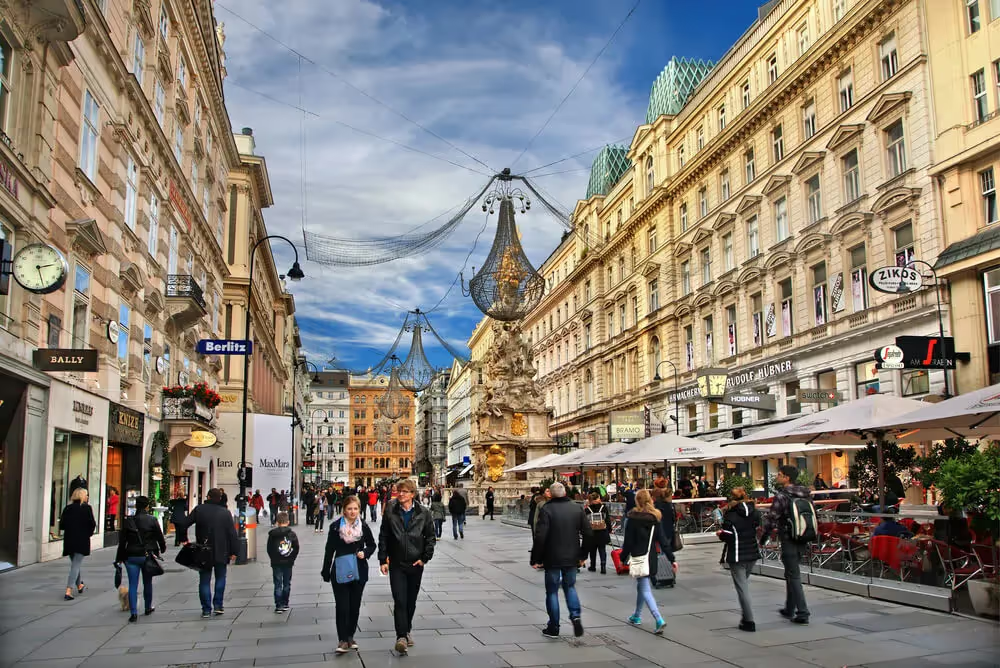
Mariahilfer Straße
Mariahilfer Strasse is the biggest shopping street in Austria. The place is well known for being a popular destination among young people. New fashionable clothing shops and restaurants are constantly opening here. In 2020, for example, Jack & Jones, Levi's and restaurants such as Max & Benito and the organic bakery Öfferl opened here. All of these outlets have consistently attracted new visitors, which is why the number of weekly visitors here has dropped by 21.5%, which is much less than at Golden U. The rent price for places with 100-500 sq. m was EUR 80-150 in 2020.
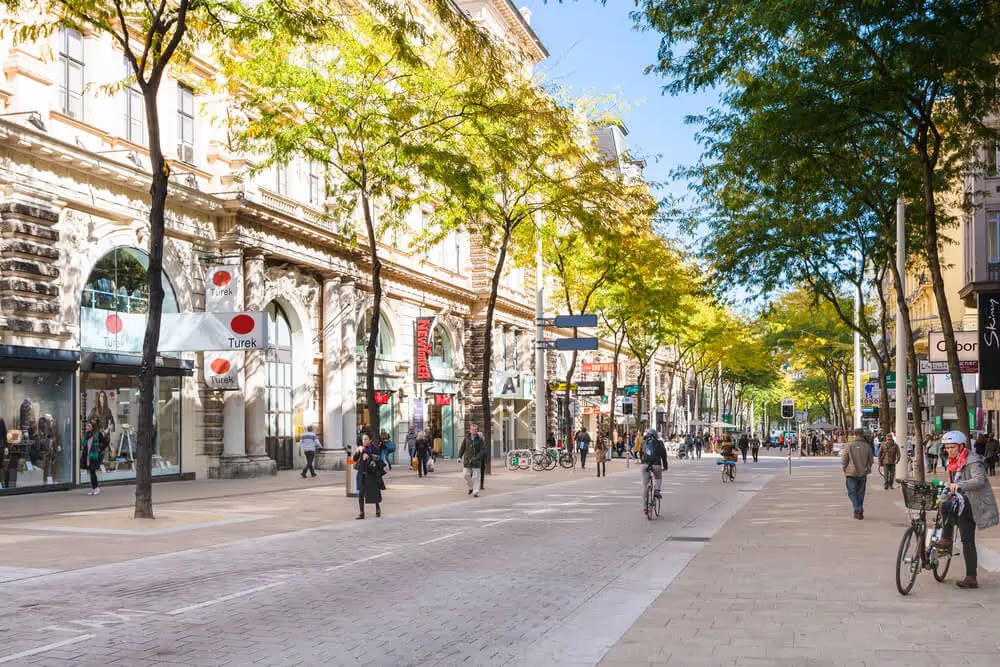
Shopping centers
Shopping centers are a popular leisure destination among the Austrian population. In 2019, there were 141 of them nationwide. However, during the pandemic, most of them closed and some went bankrupt due to insufficient numbers of visitors. Even after retail outlets reopened in the summer, there was still a drop in sales of almost 15% compared to the same period in 2019. It is worth noting that many shopping centers managed to overcome the crisis of that year thanks to the pop-up concept.
Industry & logistics
The closure of shops and marketplaces during the pandemic led to the development and rise in sales from e-commerce. People began ordering goods by delivery. And this has led to a greater need for storage space. In Q1 2020 alone, 42.6 million parcels were shipped, which was an increase of 20% compared to the same period the year before.
Vienna remains the most important logistics market in the country. With a total area of 5.3 million sq. m, 47% of it is made for logistics spaces and 53% are production and industrial areas. The space turnover was around 302,000 sq. m in Vienna and its surroundings. Linz and Graz are also major logistics locations in Austria. Graz has a total of 990,000 sq. m. while Linz has a stock of 1.8 million sq. m
The yields for industrial properties vary from 5.25% - 7.0% and for logistics this figure stands at 4.5% - 6.5%, depending on the location, size, flexibility, creditworthiness of the tenant and rental period.
Rental rates for storage in Austria are around EUR 4.50 - 7,00 per sq. m. Logistics rents also vary from EUR 7,00 - 9,50. This is followed by bulk spaces with 4,75 - 6,00 per sq. m. and production and workshop properties both have rents of EUR 6,00 - 11,00. Office space cost EUR 7,00 - 12,00.
Residential
The introduction of the lockdown back in mid-March 2020 led to an almost complete stagnation of the market for 1-2 months. During this time, it was impossible to view a property, but in the second quarter, the government introduced special measures, such as expiring rental contracts that could be extended until the end of the year and rent arrears could not be collected. This allowed tenants to breathe a sigh of relief, but demand was not thereby stimulated.
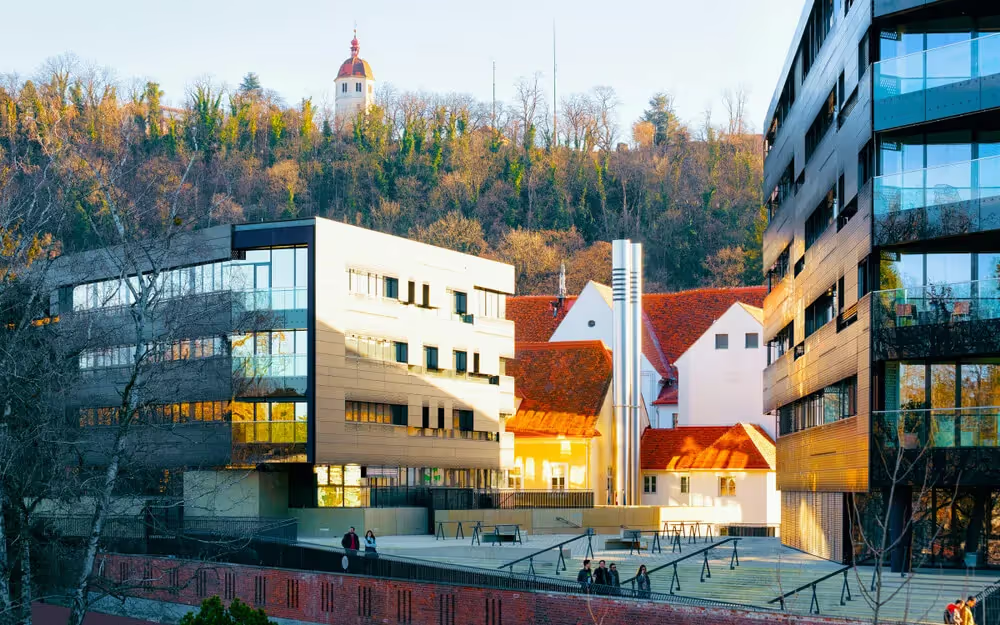
Residential real estate in 2020 had one special feature - people have started to use houses as a multifunctional mix of home, school, office and even restaurants. People also started choosing houses with open terraces and balconies after being cooped up inside for a long time during the lockdown. The Alps and lake areas such as Carinthia and Salzburg have become even more popular among investors for this reason.
Housing construction in Austria has not suffered much despite the fact that the sector has stopped operating for a significant amount of time. From 71,000 completed apartments in 2019 to nearly 68,000 in 2020. Building permits saw a similar trend in 2020. In 2019 there were over 83,000 units approved for construction, whereas last year the number fell to 77,500.
The biggest transaction in this area was the 35,300 sq. m residential complex Wohngarten 11. The development was sold to ZBI in Q2 2020. Another major transaction was made by Art Invest at 24,700 sq. m The Metropolitan was sold in Q1 2020. Both of the developments are set to be completed in 2021. Home Lend residential property located in the Graz region and with a total area of 16,200, was sold to Union Investment in Q2 2020. The completion date is the year 2022.
The average rental price including operating costs in the whole of Austria was EUR 8.3 per square meter per month in 2020, which is 3% higher than in 2019 (8.0). The highest price for rent by region was in Salzburg with EUR 9.9 per square meter. This was followed by Vorarlberg with EUR 9.6, Tyrol - EUR 9.2 and Vienna with a little higher than the country average at EUR 8.6.
Highlights
- Total investment value fell by 39.6% from 5.8 billion in 2019 to 3.5 billion in 2020.
- The main assets in the last year were residential, office and logistics.
- The hotel sector was one of the most affected areas with overnight stays 35.9% less than in 2019.
- Completion and rentals were almost the same in the office area - 160,000 sq. m.
- Retail completion fell by 66% - from 30,000 sq. m in 2019 to 10,000 in 2020.
- Vienna is the most important logistics region with an area of 5.3 million sq. m.
- The biggest transaction in the residential area was a 35,000 sq. m Wohngarten 11.
Share your contact details, and we will happily assist you in finding your dream property






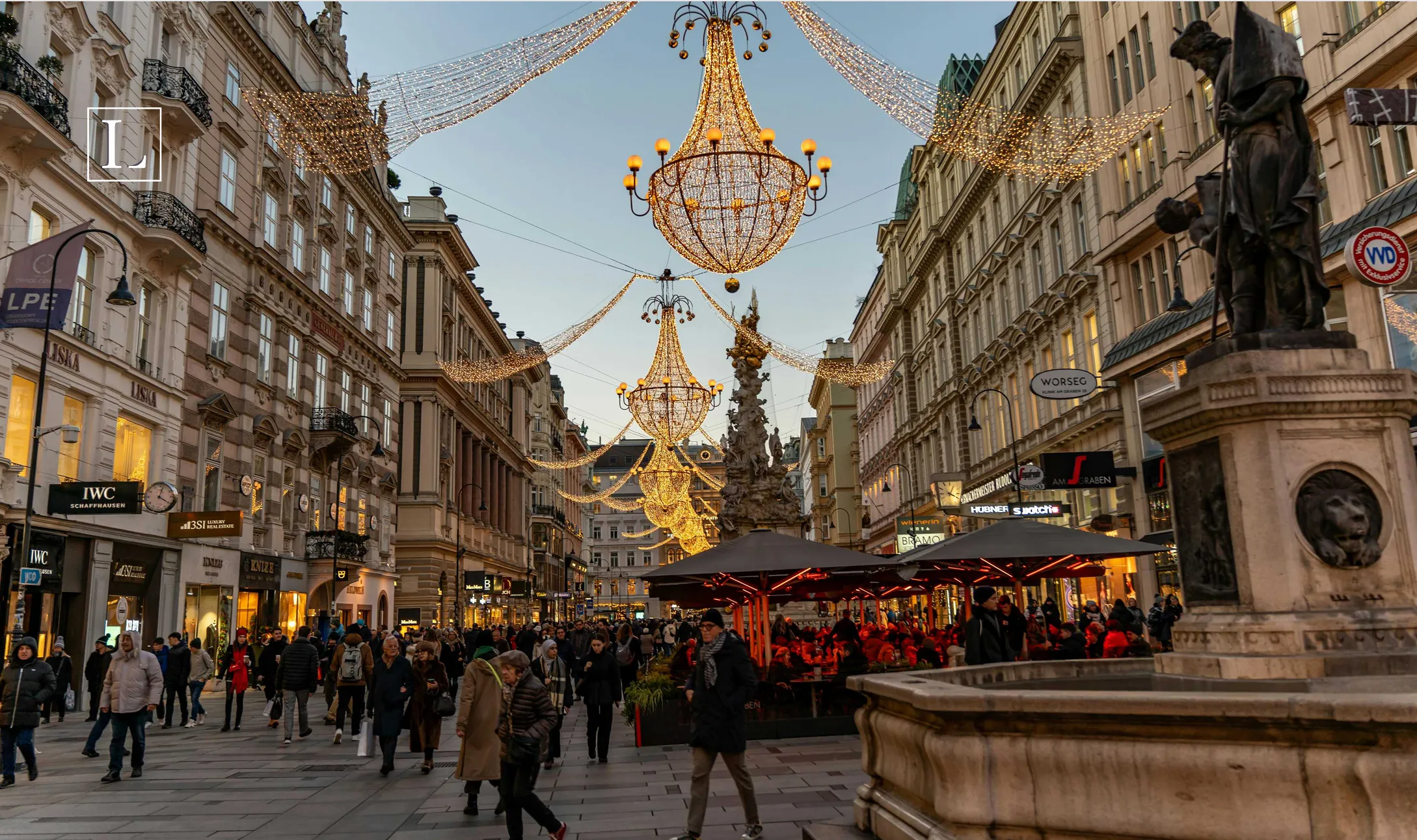
-p-2000.webp)
.avif)
%20(2).avif)





